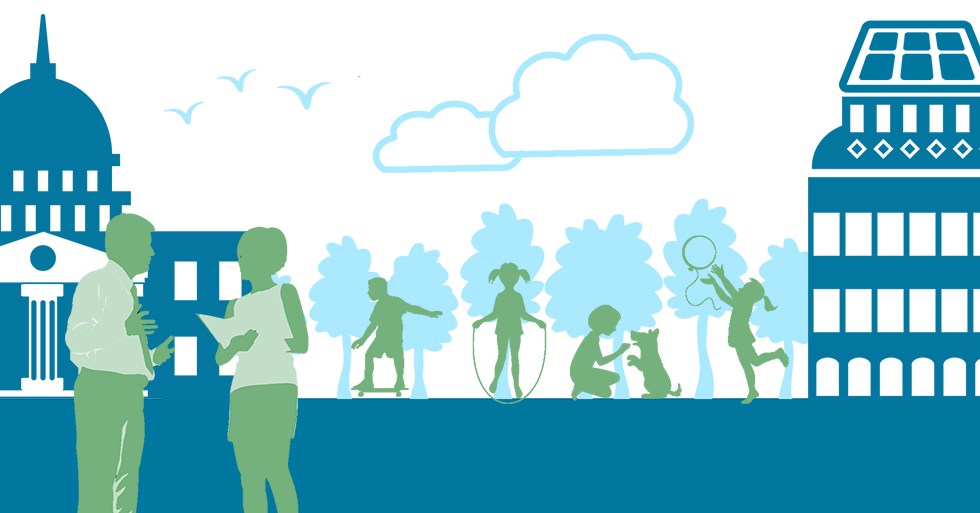
Reports
MdEHN raises awareness of environmental health through focused reporting. Our target audience includes health advocates and policy-makers as well as financial organizations in the lending industry.
 ENERGY & HEALTH IN MARYLAND: A BRIEFING FOR HEALTH ADVOCATES
ENERGY & HEALTH IN MARYLAND: A BRIEFING FOR HEALTH ADVOCATES
Public Health advocates speak of the need to address “Health in All Policies”. We know that population health is a function of many factors, many of which are Social and Environmental Determinants of Health. This report addresses the role of health advocates in shaping Maryland’s energy policy, and related air pollution issues, as significant factors in our state’s health disparities.
CLIMATE CHANGE & ADVOCATING FOR HEALTH
MdEHN Director Rebecca Ruggles published this reflection in the peer-reviewed journal Health Security. The journal’s March/April 2016 issue focused on issues of climate and security.

MARYLAND HOSPITALS & COMMUNITY BENEFIT
Maryland Hospitals at the Intersection of Environmental Health, Sustainability, and Community Benefit Download the report: Maryland Hospitals & Community Benefit Released by Maryland Hospitals for a Healthy Environment (MD H2E) & Maryland Environmental Health Network (MdEHN)

SCHOOL GREENING INVESTMENT IN BALTIMORE
Read the report: School Greening in Baltimore City: The Investment and It’s Value In July 2013, we partnered with the Baltimore Sustainability Commission and staff of the Office of Sustainability to release a new report, “School Greening in Baltimore City: The Investment and Its Value” to document the extent of recent investments in greening Baltimore public schools in the new report.

WORKING SYMPOSIUM ON PUBLIC HEALTH
& THE MARCELLUS SHALE
MdEHN, the Chesapeake Chapter of Physicians for Social Responsibility, and the Alliance of Nurses for Healthy Environments co-hosted a symposium to assess the findings of the study, “Potential Public Health Impacts of Natural Gas Development and Production in the Marcellus Shale in Western Maryland” and to develop recommendations on next steps for Maryland policy-makers on issues raised in the study.

MARYLAND CHILDREN’S EH PROGRESS REPORT
Which areas of environmental policy-making in Maryland offer the greatest opportunity to protect the health of children? In this report, MdEHN makes the case for focusing on 6 topics: Chemicals in Consumer Products, Pesticides, Air Pollution, Water Contamination, Unconventional Natural Gas Development (“fracking”), and Climate Change.
 POWER OF NETWORK
POWER OF NETWORK
This is the story of how a core of concerned funders, a small Steering Committee, and a staff of three experimented to find and fill an important niche in Maryland’s non-profit and advocacy ecosystem.
 Maryland Environmental Health Network
Maryland Environmental Health Network

